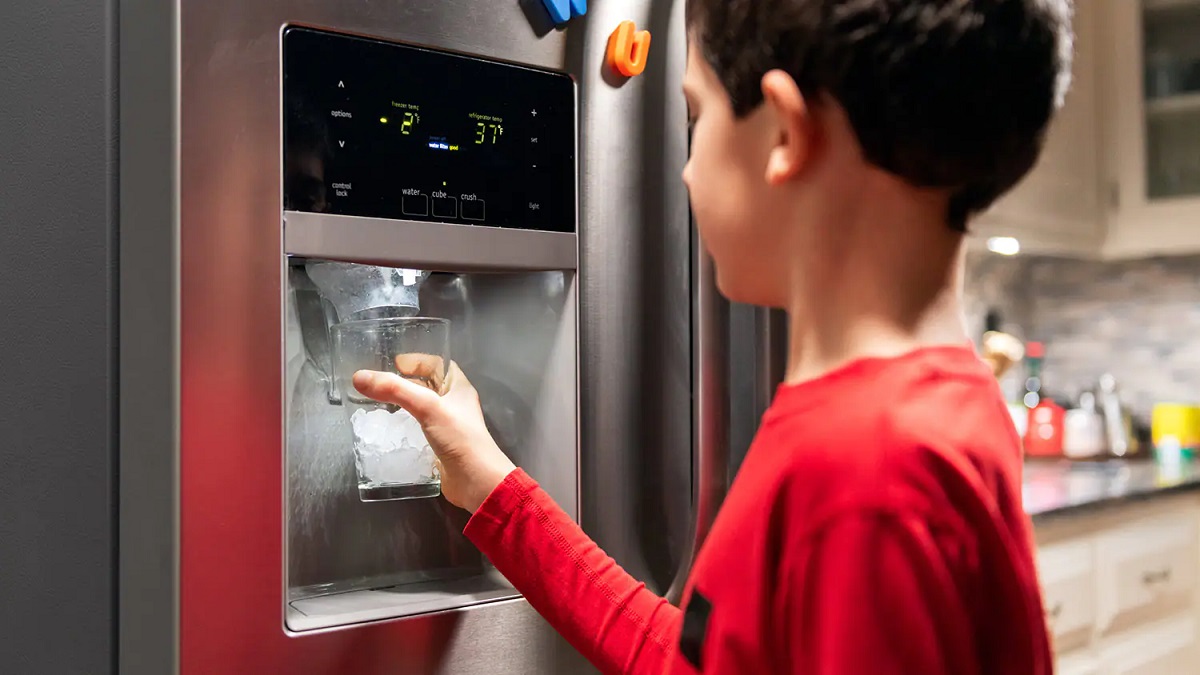

Articles
How Does An Ice Maker Work In A Refrigerator
Modified: March 19, 2024
Discover how ice makers work in a refrigerator in this insightful article. Learn the intricate process behind ice production and keep your drinks cool all year round.
(Many of the links in this article redirect to a specific reviewed product. Your purchase of these products through affiliate links helps to generate commission for Storables.com, at no extra cost. Learn more)
Introduction
An ice maker is an essential component of modern refrigerators that provides us with the convenience of having ice readily available at our fingertips. Whether used for cooling down drinks on a hot summer day or preserving perishable food items, ice makers have become an indispensable feature of our daily lives. But have you ever wondered how exactly an ice maker works?
In this article, we will delve into the inner workings of an ice maker and explore the fascinating process behind the creation of ice. From the water supply to the freezing process to common troubleshooting issues, we will cover it all.
Understanding how an ice maker functions can give you a deeper appreciation for this remarkable invention while also helping you troubleshoot any problems that may arise. So, let’s embark on a journey to uncover the secrets behind the functioning of an ice maker in a refrigerator.
Key Takeaways:
- Understanding the inner workings of an ice maker, from the water supply to the freezing process, can help you troubleshoot common issues and maintain a steady supply of refreshing ice cubes for all your cooling needs.
- Regular maintenance, such as cleaning the ice mold assembly and replacing the water filter, is essential to ensure the quality and freshness of the ice cubes, enhancing the convenience of having ice readily available.
Read more: How Does A Refrigerator Ice Maker Work
The Basics of an Ice Maker
An ice maker is a device that produces ice cubes or crushed ice automatically. It is located inside the freezer compartment of a refrigerator and operates by a simple yet efficient mechanism.
At its core, an ice maker consists of several key components that work together to create ice. These components include the water supply, the ice mold assembly, the freezing mechanism, and the harvesting and storage systems.
The most crucial element of an ice maker is the water supply. Water is supplied to the ice maker through a water inlet valve, which is connected to the main water line of the house. When the ice maker signals that it needs more ice, the valve opens, allowing water to flow into the ice mold assembly.
The ice mold assembly is where the water is turned into ice. It typically consists of individual ice cube molds or trays suspended vertically. The assembly is designed to be removable, allowing for easy cleaning and maintenance.
Once the water enters the ice mold, the freezing process begins. The temperature inside the freezer drops significantly, causing the water to freeze and transform into ice. The freezing process usually takes a few hours, depending on the temperature settings of the freezer.
After the water has frozen and solidified into ice cubes, the next step is ejecting the ice. The ice maker uses a heating element or a small motor to warm the molds, loosening the ice cubes’ grip. The motor then rotates a series of small prongs or fingers, which push the ice cubes out of the mold and into the storage bin.
Once the ice cubes are ejected, they are collected in a storage bin located within the freezer compartment. The storage bin keeps the ice cubes insulated and prevents them from melting rapidly. Some ice makers come equipped with a sensor that detects the level of ice in the storage bin, ensuring that there is always a sufficient supply of ice available.
Overall, the basic functioning of an ice maker follows a simple yet effective process. By understanding these fundamental components and mechanisms, you can better appreciate the convenience and efficiency of having an ice maker in your refrigerator. In the next section, we will explore the water supply system in more detail.
The Water Supply
The water supply is a crucial component of an ice maker and plays a vital role in the ice-making process. It provides the necessary water that will be transformed into ice cubes. The water supply system consists of several components that work in tandem to deliver water to the ice maker.
The main water supply line connects to the refrigerator’s water inlet valve, which is responsible for controlling the flow of water into the ice maker. When the ice maker signals that it needs more ice, the water inlet valve opens, allowing water to enter the ice mold assembly.
Most modern refrigerators have a built-in water filter, which ensures that the water used for making ice is clean and free from impurities. The filter removes contaminants such as chlorine, sediment, and other particles that may affect the taste and quality of the ice.
It is essential to regularly replace the water filter as recommended by the manufacturer to maintain the quality of the ice and prevent any potential water-related issues.
The water supply line is typically made of plastic or copper tubing and is connected to the water inlet valve. It is important to ensure that the water supply line is properly installed and does not have any leaks or kinks that could impede the flow of water.
In addition to the water supply line, some refrigerators may also have a water dispenser feature. This feature allows you to dispense chilled water directly from the refrigerator door. The water dispenser is connected to the same water supply line that feeds the ice maker, and it operates using a separate water inlet valve.
It is worth noting that the quality of the water used in the ice-making process can affect the taste and clarity of the ice cubes. If you notice any unusual taste or odor in your ice cubes, it may be a sign that the water supply requires additional filtration or treatment.
Regular maintenance and cleaning of the water supply system are essential for optimal ice production. This includes periodically cleaning the ice mold assembly and ensuring that the water inlet valve and supply line are free from any blockages or debris.
In the next section, we will explore the ice mold assembly and its role in the ice-making process.
The Ice Mold Assembly
The ice mold assembly is a critical component of an ice maker that is responsible for shaping the water into ice cubes. It consists of individual ice cube molds or trays, where the water is poured and frozen.
Typically made of plastic or metal, the ice mold assembly is designed to be removable, allowing for easy cleaning and maintenance. The number of ice cube molds can vary depending on the ice maker’s size and capacity, ranging from a few to several dozen molds. Each mold has a specific shape and size, determining the shape and size of the resulting ice cubes.
To begin the ice-making process, water from the water supply line enters the ice mold assembly through a water inlet tube or valve. The water fills each individual mold, and any excess water drains out through small holes or channels to prevent overfilling.
Once the molds are filled with water, the freezing process begins. The ice mold assembly is placed inside the freezer compartment, where the temperature drops significantly. The cold air inside the freezer freezes the water in the molds, transforming it into solid ice.
The freezing process typically takes a few hours, depending on the temperature settings of the freezer and the size of the ice cubes. During this time, the water molecules rearrange and form a crystalline structure, solidifying into ice.
The material and design of the ice molds play a crucial role in the ice-making process. It affects factors such as the freezing time, ease of ice cube removal, and the overall quality of the ice cubes. Ice molds made of high-quality materials and featuring a non-stick surface can facilitate easy release of the ice cubes and prevent them from sticking to the mold.
After the freezing process is complete, the ice cubes are ready to be ejected from the mold. This is achieved through a combination of heat and mechanical action. The ice maker uses a heating element or a small motor to warm the molds slightly, loosening the ice cubes’ grip.
Simultaneously, a motor or mechanism rotates a series of small prongs or fingers within the mold assembly. These prongs push against the bottom or sides of the molds, exerting pressure on the ice cubes and helping to dislodge them from the mold.
Once the ice cubes are released from the mold, they either fall into a collection bin or are directed to a dispenser mechanism if the refrigerator is equipped with an ice dispenser feature. The ice maker continues the process of refilling the molds with water and repeating the cycle as needed to maintain a steady supply of ice cubes.
In the next section, we will dive deeper into the freezing process and examine how the water transforms into solid ice within the ice mold assembly.
The Freezing Process
The freezing process is the heart of an ice maker, where water is transformed into solid ice within the ice mold assembly. This process relies on the cooling capabilities of the freezer compartment and the precise timing of temperature control.
Once the water is poured into the ice mold assembly, it is subjected to the extremely cold temperatures maintained inside the freezer. The freezer compartment operates at sub-zero temperatures, typically around -18 to -23 degrees Celsius (-0.4 to -9.4 degrees Fahrenheit).
The cooling system of the refrigerator, which includes a compressor, evaporator coils, and a fan, works together to maintain these low temperatures. The evaporator coils extract heat from the air inside the freezer, causing the temperature to drop and allowing the water to freeze.
The refrigerant, a chemical substance with efficient heat transfer properties, flows through the evaporator coils. As the refrigerant absorbs heat from the air, it evaporates and changes from a liquid to a gas. This process cools the air and helps lower the temperature inside the freezer.
As the air temperature reaches the freezing point, the water molecules in the ice mold assembly begin to lose heat and slow down their movement. As a result, the water molecules start to arrange themselves into a crystalline structure, forming ice.
The freezing process typically takes a few hours, depending on various factors such as the temperature settings of the freezer, the size of the ice cubes, and the efficiency of the cooling system. It is important to note that the freezing time may vary, and it is recommended to follow the manufacturer’s instructions for optimal ice production.
During the freezing process, it is crucial to maintain a balance between the freezing duration and the temperature. Freezing the water too quickly or at a higher temperature may result in the formation of cloudy or opaque ice cubes. This is caused by the trapped air bubbles or impurities in the water, which cannot escape due to rapid freezing.
On the other hand, freezing the water too slowly or at a lower temperature than necessary might lead to the formation of large ice crystals. While this may not affect the quality of the ice cubes significantly, it can impact their texture and appearance.
By understanding the freezing process, you can appreciate the precise control and coordination required to create clear and solid ice cubes. In the next section, we will explore how the ice cubes are ejected from the molds and harvested for use.
Tip: An ice maker in a refrigerator works by filling a mold with water, freezing it, and then releasing the ice into a bin. The process is controlled by a thermostat and a heating element to release the ice. Regularly cleaning the ice maker and changing the water filter can help maintain its efficiency.
Read more: How Does An Ice Maker Work?
Ejecting the Ice
Once the water has frozen and solidified into ice cubes, the next step in the ice-making process is ejecting the ice from the mold assembly. This process involves the use of heat and mechanical action to release the ice cubes and make them ready for use.
The ice maker utilizes a heating element or a small motor to warm the ice molds slightly, creating a thin layer of water between the ice cubes and the mold walls. This layer of water acts as a lubricant, making it easier for the ice cubes to be dislodged.
Simultaneously, a motor or mechanism activates a set of small prongs or fingers within the ice mold assembly. These prongs are strategically positioned to exert pressure on the bottom or sides of the ice cubes.
As the prongs rotate, they push against the ice cubes, gradually releasing them from the mold’s grip. The combination of the slight heat and the mechanical action of the prongs allows the ice cubes to break free and move towards the collection bin or dispenser mechanism, ready for use.
The timing and coordination of the ejection process are crucial to ensure that the ice cubes are released smoothly and without any damage. The temperature of the ice mold assembly must be precisely controlled to prevent the ice cubes from melting prematurely or sticking to the mold.
Some advanced ice makers feature an additional step in the ejection process called a “harvest cycle.” During the harvest cycle, the ice maker may briefly pause the freezing process to assist with the ice cube ejection. This allows for more efficient and reliable ice production by ensuring that the ice cubes are properly released and harvested.
It is worth noting that not all ice makers eject the ice cubes in the same manner. Some ice makers use different mechanisms, such as a twisting motion or the use of a raking system, to release the ice cubes from the mold assembly. However, the principle remains the same – applying heat and mechanical force to separate the ice cubes from the mold.
Once the ice cubes are ejected, they either fall into a collection bin or are directed to a dispenser mechanism, depending on the design of the refrigerator. The ice maker continues to refill the empty molds with water, repeating the ice-making cycle to maintain a steady supply of ice cubes.
In the next section, we will explore the process of harvesting and storing the ice cubes within the refrigerator.
Harvesting and Storage
After the ice cubes are ejected from the mold assembly, they are ready to be harvested and stored for use. The harvesting and storage process ensures that there is a constant supply of ice cubes readily available whenever needed.
Once the ice cubes are released from the mold, they either fall into a collection bin located within the freezer compartment or are directed to a dispenser mechanism on the refrigerator’s exterior. The collection bin or dispenser acts as a storage area, keeping the ice cubes insulated and preventing them from melting quickly.
The storage bin is designed to hold a certain capacity of ice cubes, depending on the size of the ice maker and the refrigerator model. Some storage bins are equipped with sensors that detect the level of ice within the bin. When the ice level drops below a certain point, the ice maker initiates the process of refilling the mold assembly with water, starting a new ice-making cycle.
It is important to regularly check and empty the ice storage bin to ensure a continuous supply of fresh ice. If the ice cubes are left in the storage bin for an extended period, they may begin to clump together due to the humidity inside the freezer. Clumped ice cubes can interfere with the proper functioning of the ice maker and could result in decreased ice production.
Some refrigerators also offer the option of an ice dispenser, which allows you to dispense ice directly without opening the freezer compartment. The dispenser mechanism typically dispenses ice cubes on demand, allowing for convenient access to ice whenever needed.
When using the ice dispenser, it is essential to be cautious and avoid overfilling containers or using excessive force, as it can lead to spills or potential damage. It is advisable to refer to the refrigerator’s user manual for instructions on operating the ice dispenser safely and efficiently.
To maintain the quality and freshness of the ice cubes, it is recommended to use them within a reasonable timeframe. Over time, ice cubes can absorb odors from other food items in the freezer, affecting their taste and quality. Discarding any old or freezer-burned ice cubes and regularly cleaning the ice storage bin can help ensure that you are always enjoying fresh ice.
In case you require a higher volume of ice, some refrigerators also offer the option of manually activating a “ice boost” mode. This feature temporarily increases ice production for a specified period, allowing for a more significant amount of ice cubes to be generated.
By understanding the process of harvesting and storing ice cubes, you can ensure a steady supply of ice for all your cooling and beverage needs. In the next section, we will discuss common issues that may arise with an ice maker and provide some tips for troubleshooting.
Common Issues and Troubleshooting
While ice makers are convenient and reliable appliances, they may encounter issues from time to time. Understanding some common problems and their potential solutions can help you troubleshoot any issues you may encounter with your ice maker.
1. Insufficient Ice Production: If your ice maker is not producing enough ice, there could be several possible causes. Check the water supply line to ensure it is properly connected and not clogged. Also, check the water inlet valve to make sure it is fully open. If the issue persists, consider adjusting the temperature settings of the freezer to ensure optimal ice production.
2. Slow Ice Production: If your ice maker is producing ice but at a slower rate than usual, it could be due to a variety of factors. Check and clean the ice mold assembly, as ice cubes that are stuck or not fully released can impede the ice-making process. Additionally, check the temperature of the freezer and ensure it is set to the recommended level for ice production.
3. Small or Misshapen Ice Cubes: If the ice cubes produced by your ice maker are smaller or have irregular shapes, it could be an indication of an issue. Check the water inlet valve to ensure it is supplying an adequate amount of water to the ice mold assembly. Additionally, inspect the water supply line for any blockages or mineral deposits that may restrict the flow of water.
4. No Ice Production: If your ice maker is not producing any ice at all, there are a few troubleshooting steps you can take. First, check the power supply to the ice maker and ensure it is properly connected. Next, inspect the water supply line for any leaks or damages. If everything appears to be in order, it may be necessary to consult a professional technician to diagnose and repair any internal issues.
5. Strange Odors or Tastes: If your ice cubes have an unusual odor or taste, it may be due to the water supply or an issue with the water filter. Check the water supply line for any contaminants or impurities and consider replacing the water filter if it has been in use for an extended period. Cleaning the ice mold assembly and the storage bin can also help eliminate any lingering odors or tastes.
It is important to note that these troubleshooting steps are general guidelines, and specific issues may require different approaches. Consult the manufacturer’s manual or contact a professional technician for detailed instructions and assistance, especially if the problem persists or if it involves any complex repairs.
By being aware of these common issues and their troubleshooting methods, you can effectively maintain and resolve any problems that may arise with your ice maker, ensuring a consistent supply of ice for your needs.
Next, let’s conclude our discussion on the workings of an ice maker in a refrigerator.
Conclusion
An ice maker is a remarkable invention that adds convenience and functionality to modern refrigerators. Understanding the inner workings of an ice maker can help you appreciate the engineering and precision that goes into creating ice cubes.
From the water supply and the ice mold assembly to the freezing process and the ejection of ice cubes, every component plays a crucial role in the efficient functioning of an ice maker. The water supply line ensures a steady flow of clean water into the ice mold assembly, where it is frozen into solid ice cubes through the cooling power of the freezer compartment.
Once the ice cubes are formed, they are ejected from the molds using a combination of heat and mechanical action. The ice cubes are then harvested and stored in a storage bin or dispensed through a dispenser mechanism, ready for use whenever needed.
While ice makers are generally reliable, they may encounter common issues such as insufficient ice production, slow ice production, small or misshapen ice cubes, or no ice production at all. By following troubleshooting steps such as checking the water supply, cleaning the ice mold assembly, and adjusting temperature settings, many of these issues can be resolved.
Regular maintenance, such as cleaning the ice mold assembly and replacing the water filter, can help ensure the quality and freshness of the ice cubes. It is also important to empty the ice storage bin regularly to prevent clumping and maintain optimal ice production.
Overall, an ice maker is a valuable addition to any refrigerator, providing the convenience of having ice cubes readily available. By understanding the mechanics behind an ice maker, you can troubleshoot common issues, maintain its functionality, and enjoy a continuous supply of refreshing ice cubes for all your cooling needs.
So the next time you reach into your freezer for a handful of ice cubes, take a moment to appreciate the intricate process that transforms water into those perfectly frozen cubes. Cheers to the wonders of ice makers and the conveniences they bring!
Frequently Asked Questions about How Does An Ice Maker Work In A Refrigerator
Was this page helpful?
At Storables.com, we guarantee accurate and reliable information. Our content, validated by Expert Board Contributors, is crafted following stringent Editorial Policies. We're committed to providing you with well-researched, expert-backed insights for all your informational needs.
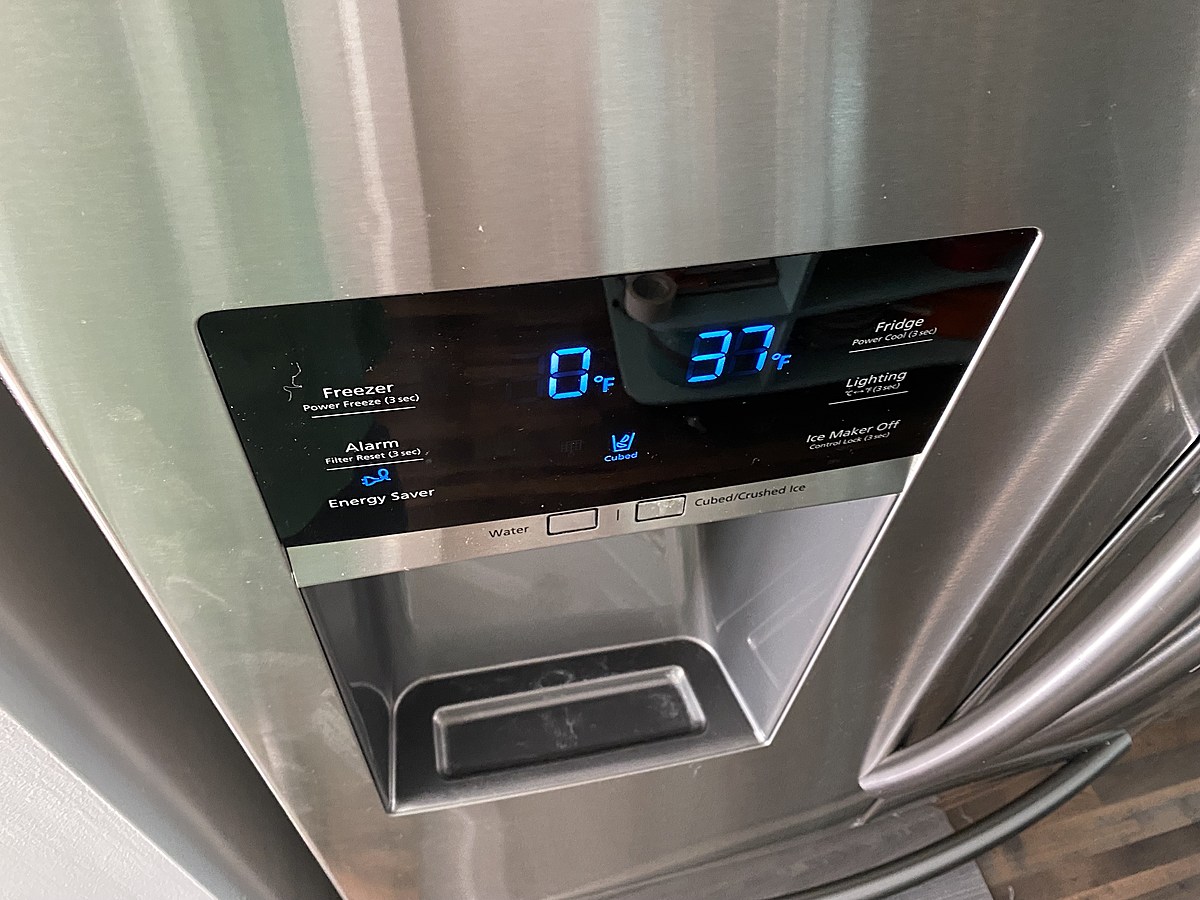
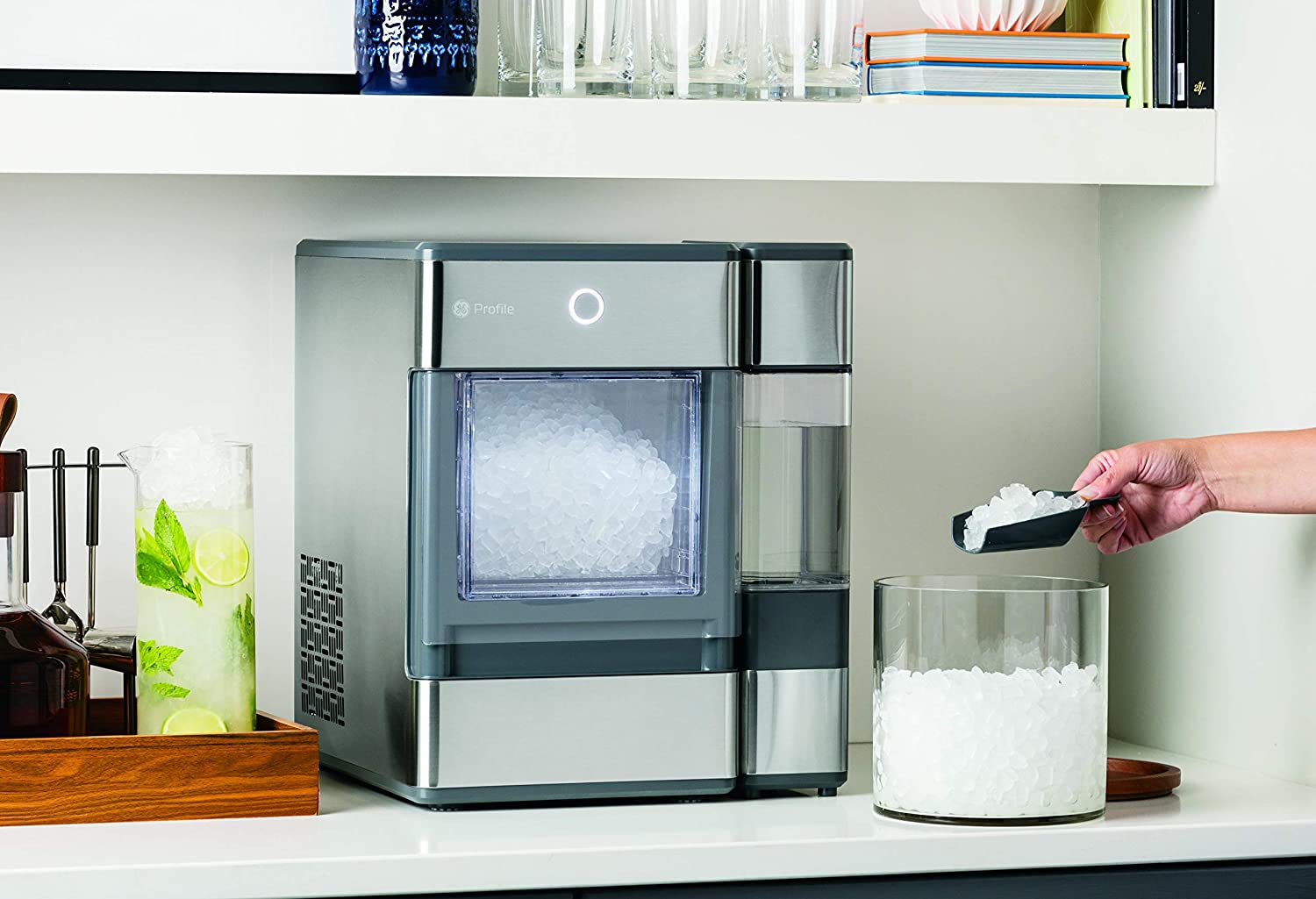
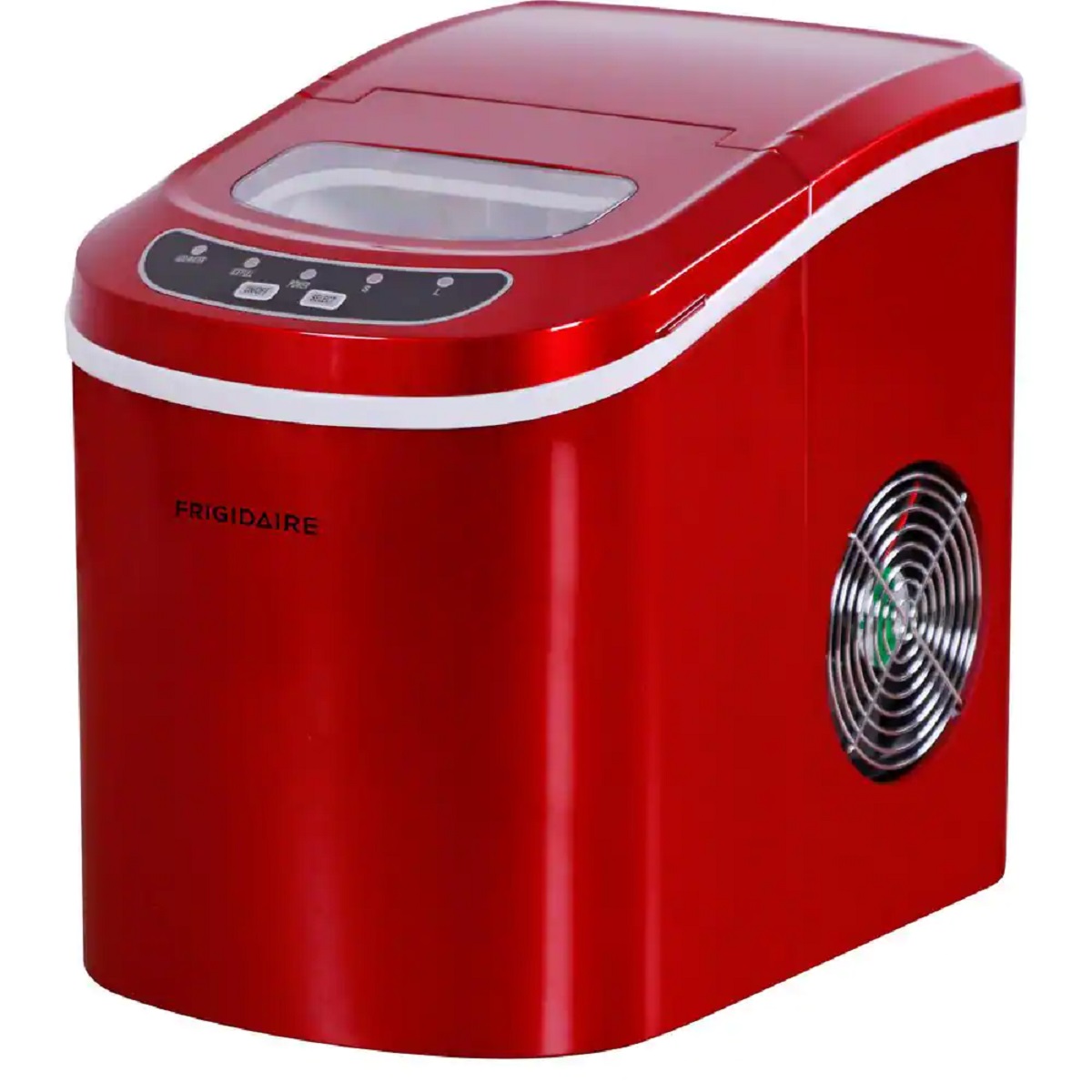
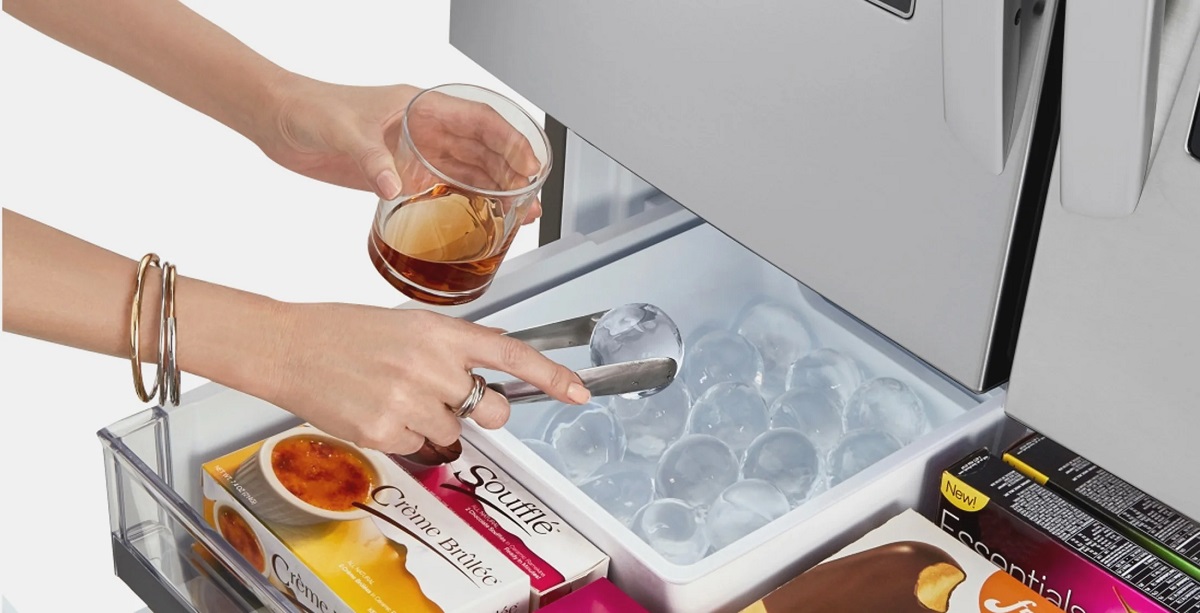
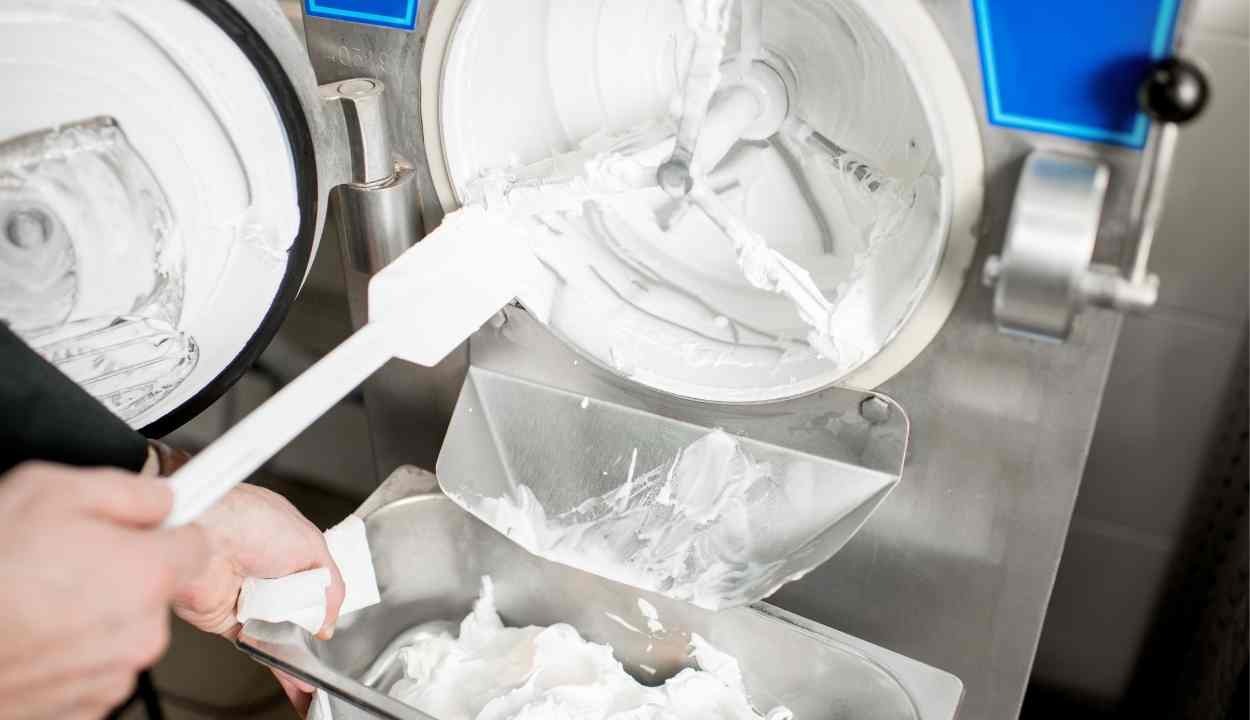
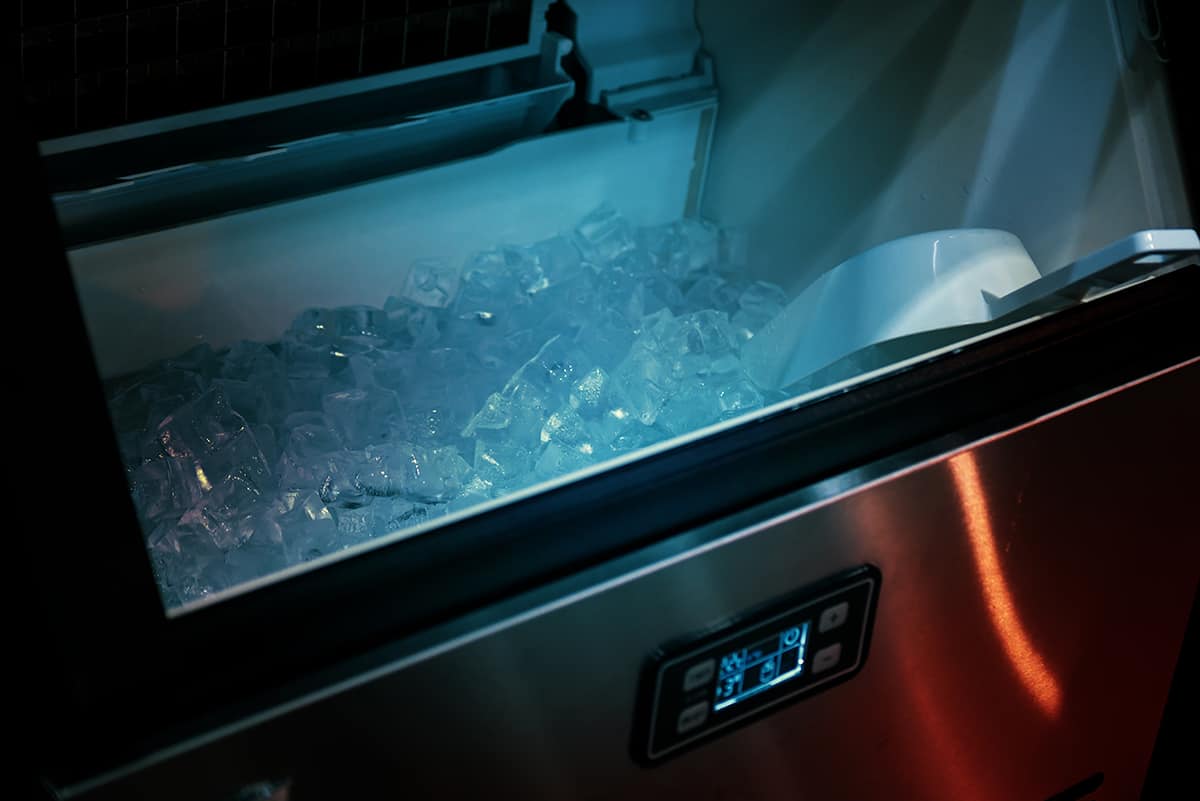
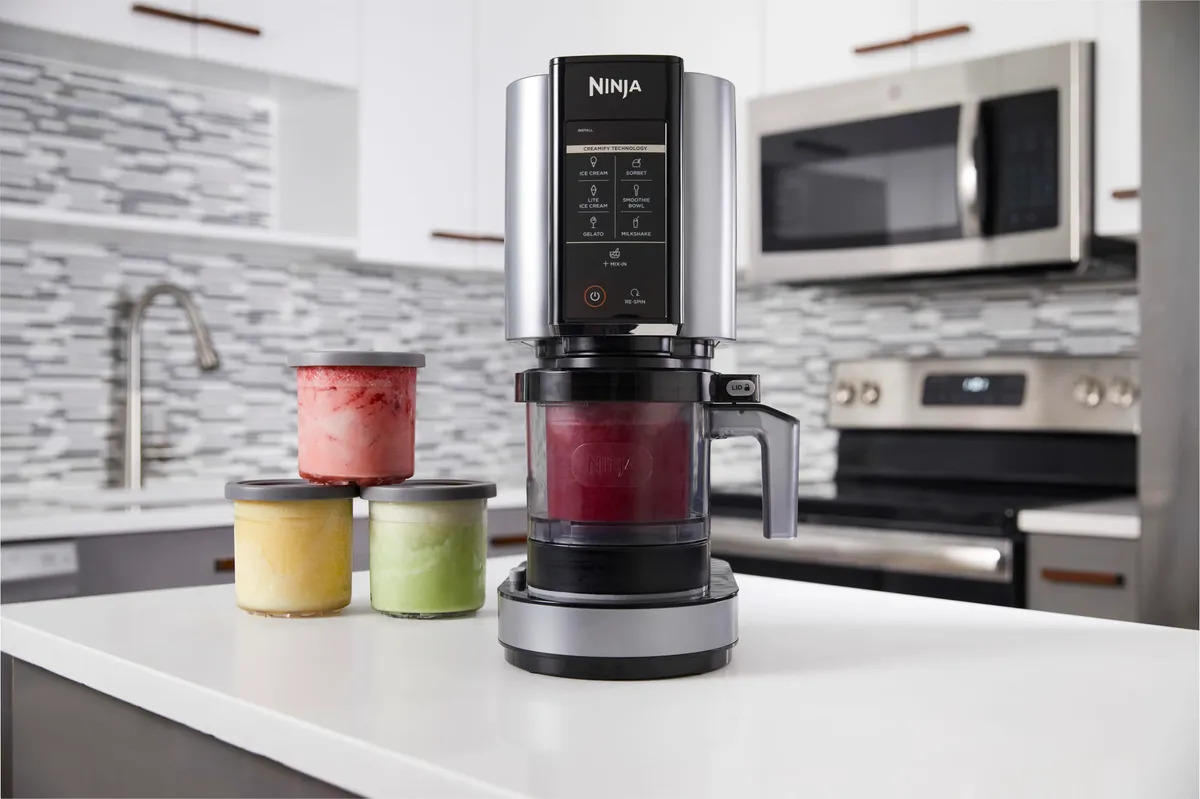
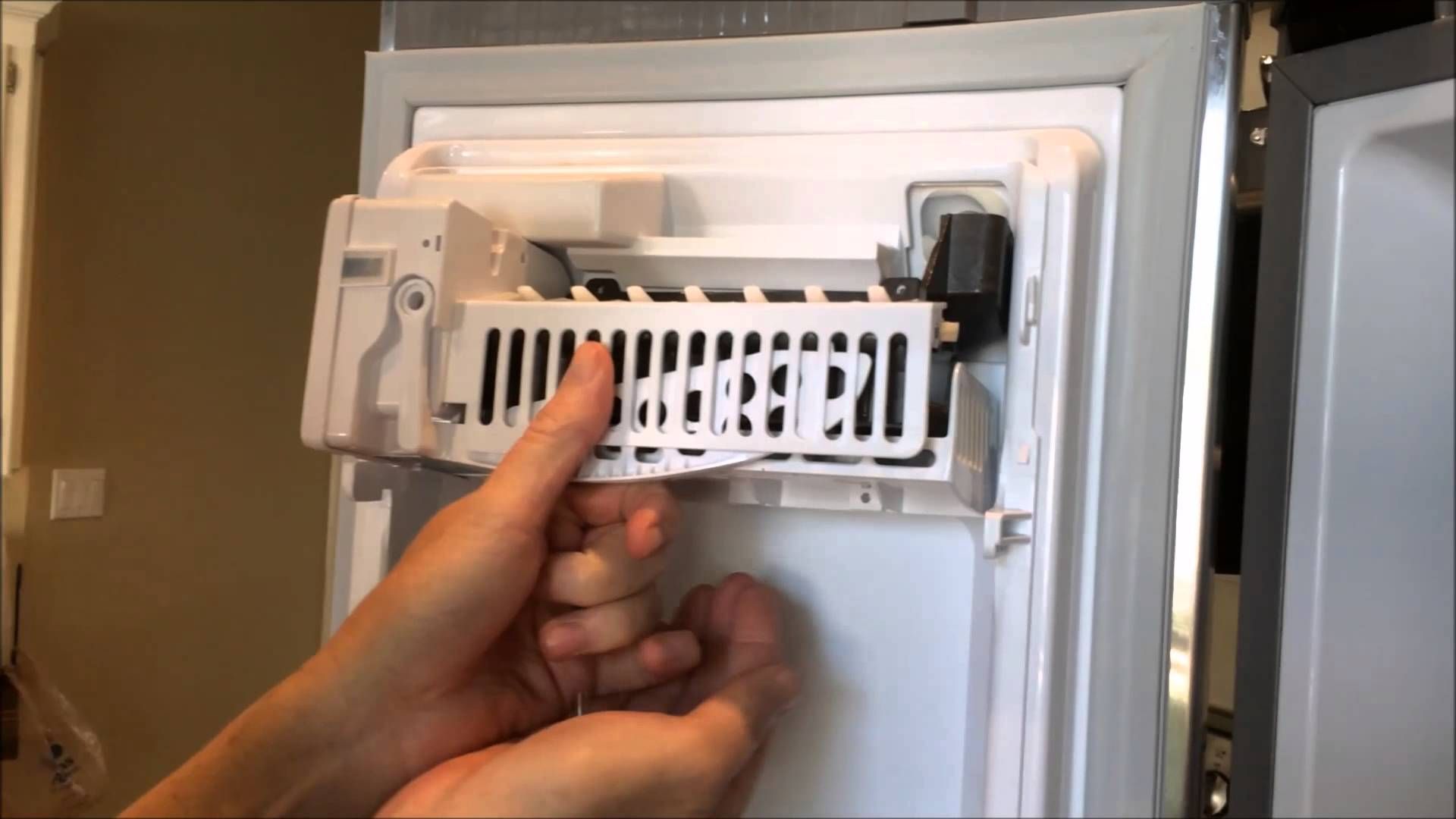
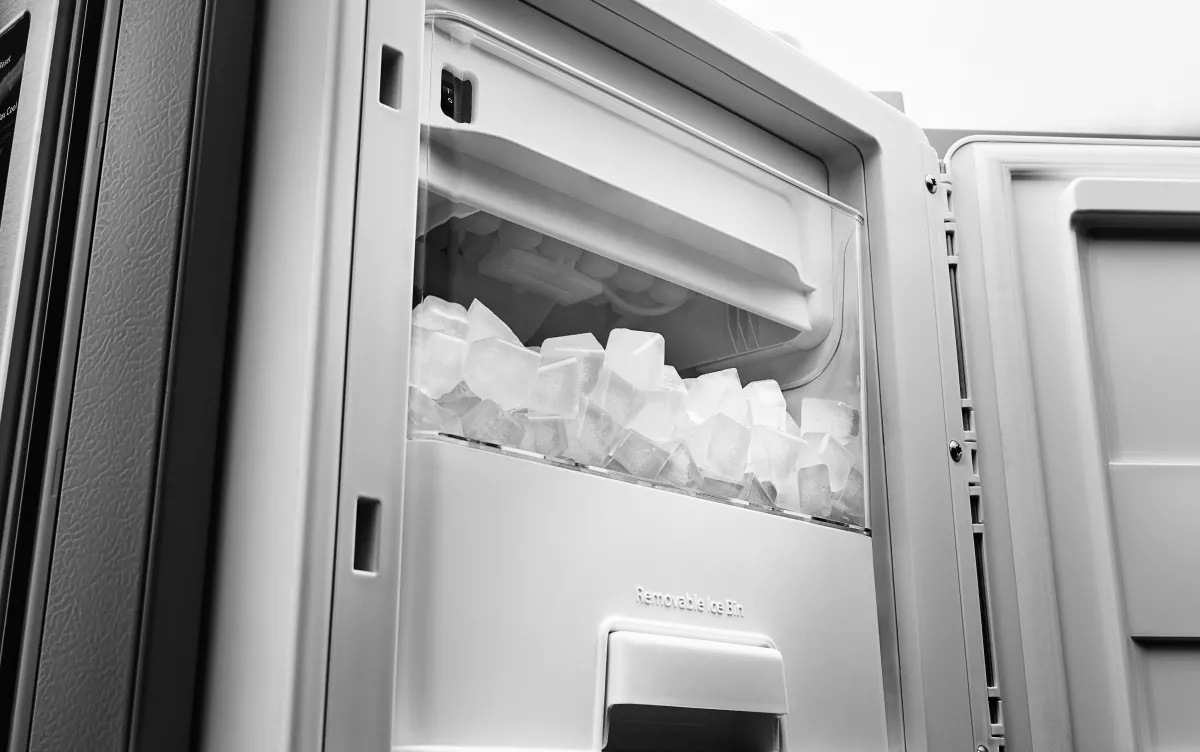
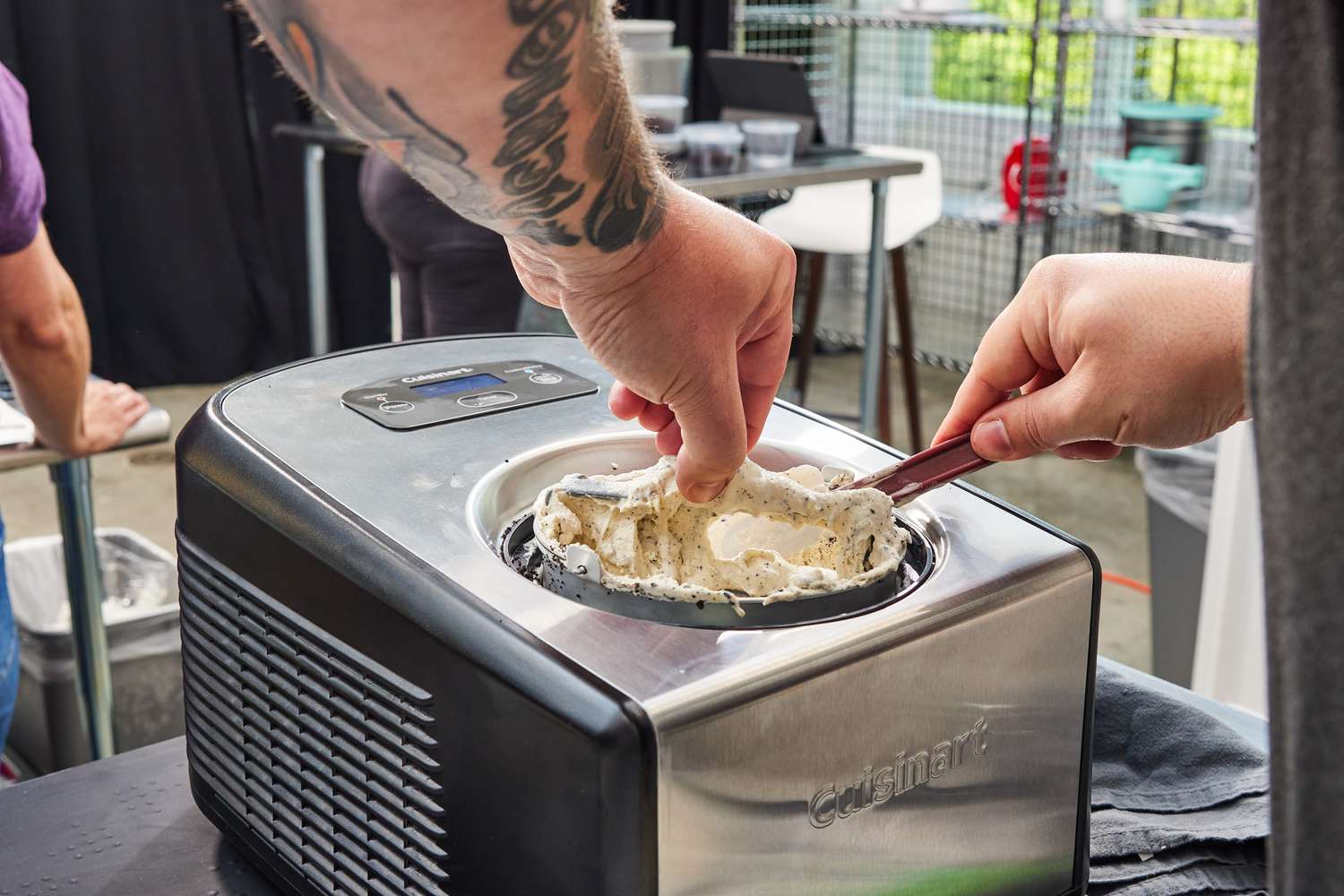
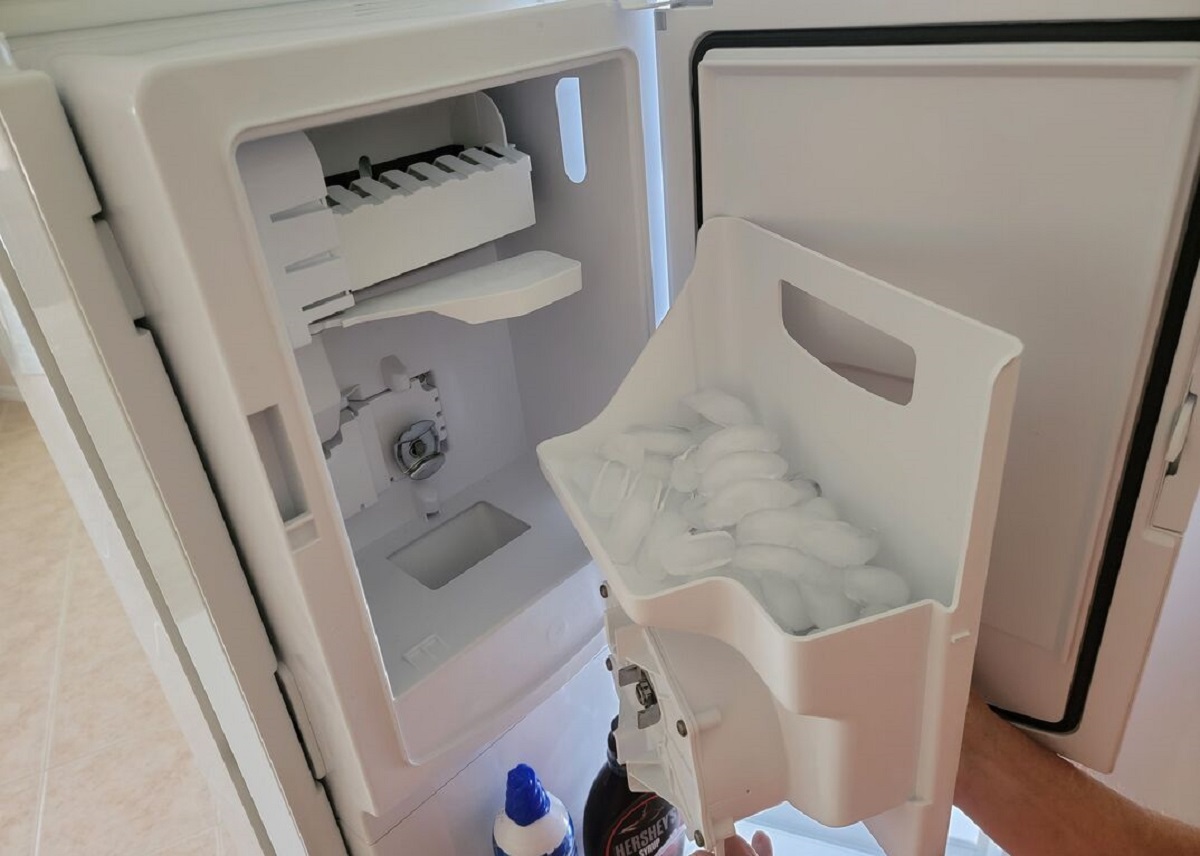
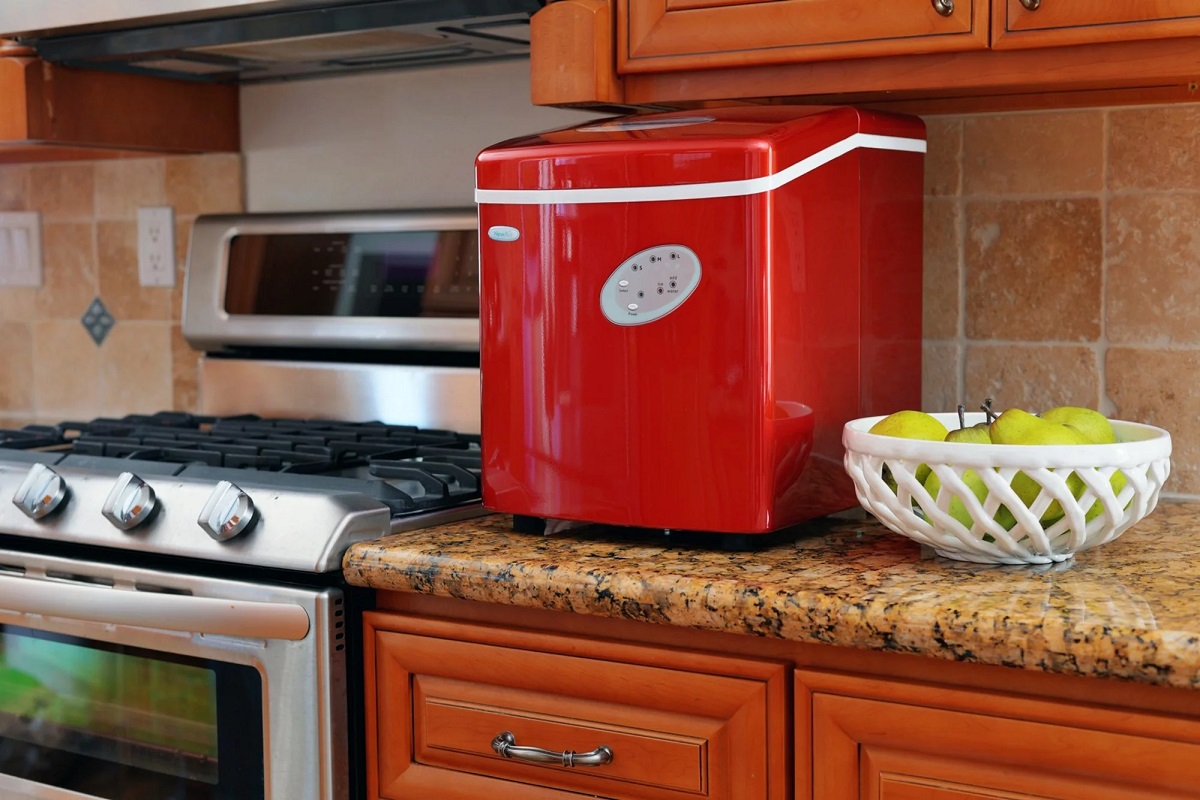
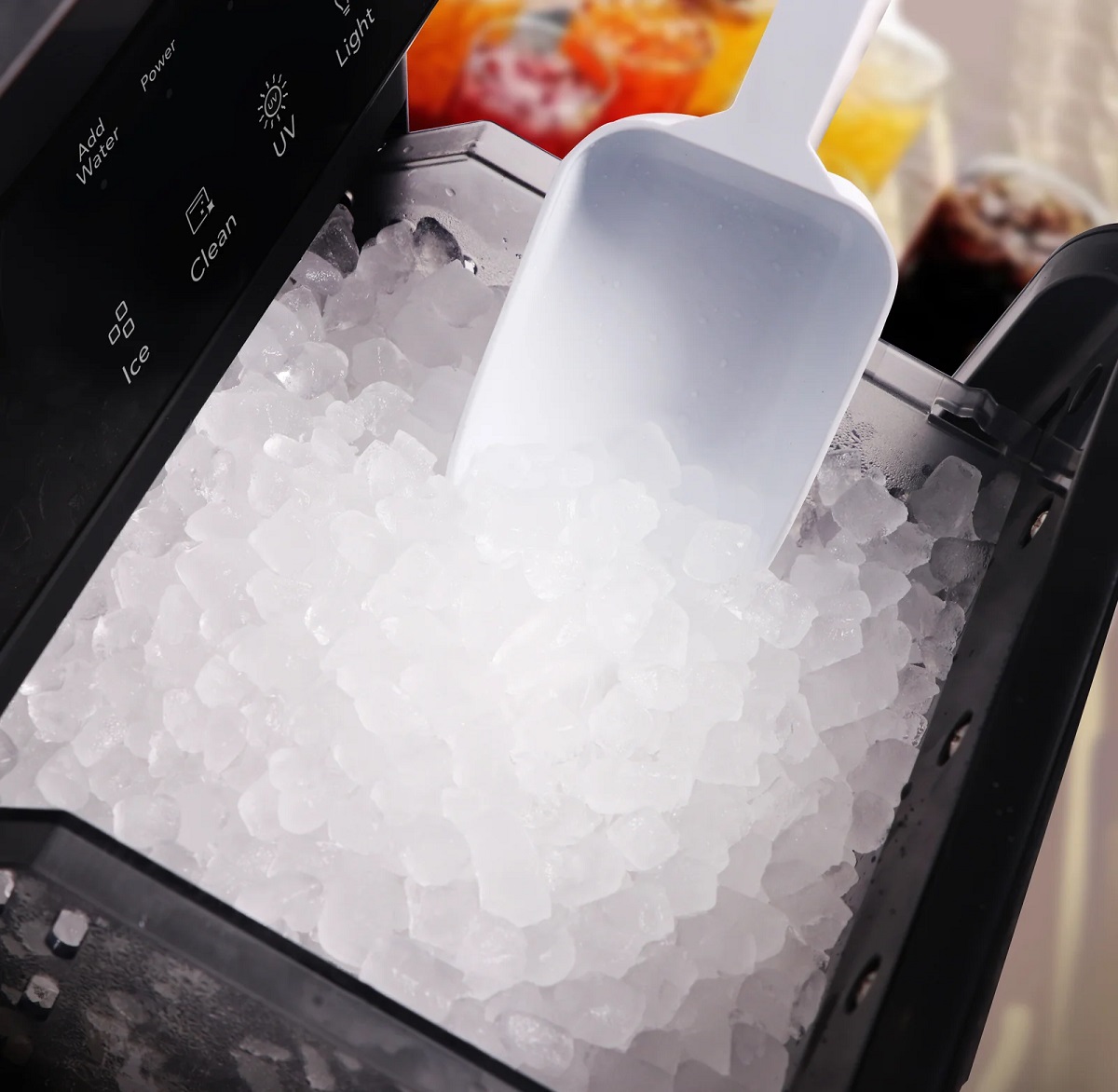
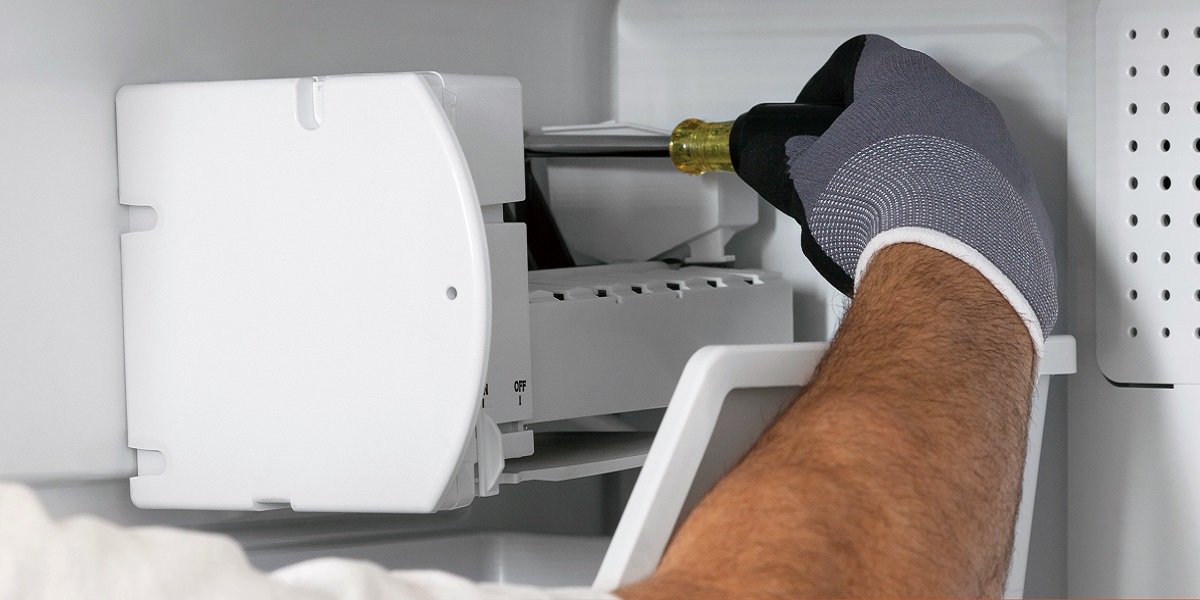

0 thoughts on “How Does An Ice Maker Work In A Refrigerator”